Home>Interior Design>Slow Living Homes: Why We All Need This Therapeutic Trend
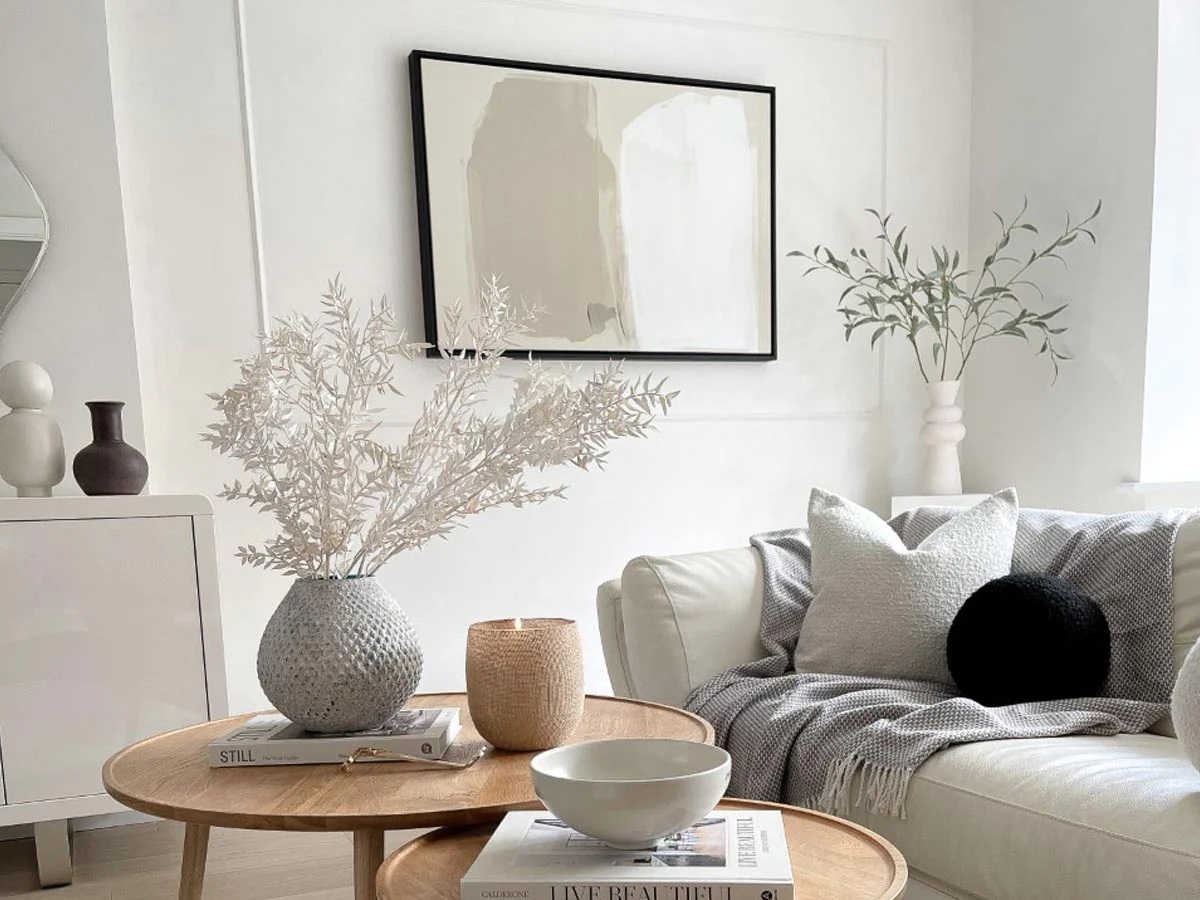

Interior Design
Slow Living Homes: Why We All Need This Therapeutic Trend
Modified: October 20, 2024
Discover the benefits of slow living homes and their therapeutic effects on your well-being. Explore the soothing interior design trends that can transform your living space into a tranquil oasis.
(Many of the links in this article redirect to a specific reviewed product. Your purchase of these products through affiliate links helps to generate commission for Storables.com, at no extra cost. Learn more)
Introduction
Welcome to the world of slow living homes, a therapeutic trend that is gaining popularity in the world of interior design. In our fast-paced and hectic modern lives, it’s important to find a space that allows us to unwind, relax, and reconnect with ourselves and nature. Slow living homes are designed with the philosophy of taking things slow, embracing simplicity, and creating a sanctuary where we can escape the stresses of daily life.
At their core, slow living homes focus on creating an environment that promotes mindfulness, relaxation, and sustainability. They encourage us to slow down, be present, and appreciate the beauty in our surroundings. It’s not just about the aesthetics; it’s about creating a lifestyle that is in harmony with nature and promotes a sense of well-being.
So, what exactly is a slow living home? It’s a concept that goes beyond just the physical space. It’s a holistic approach to designing a home that prioritizes our well-being, mental health, and connection to the environment. Slow living homes incorporate natural elements, sustainable design practices, and the integration of technology in a way that enhances our overall quality of life.
Join us in exploring the various aspects of slow living homes and why we all need this therapeutic trend in our lives. Discover how these homes can help us reconnect with nature, reduce stress, and create a mindful and serene living environment. We will dive into the benefits of slow living homes, the design elements that make them unique, and even share some examples to inspire you.
So, let’s take a deep breath, slow down, and embark on this journey into the world of slow living homes.
Key Takeaways:
- Slow living homes prioritize simplicity, mindfulness, and a connection to nature, offering a sanctuary for relaxation, stress reduction, and enhanced well-being.
- By embracing slow living principles, homes can create a balanced, intentional lifestyle that promotes mindfulness, sustainability, and a deeper appreciation of the natural world.
Read more: Why Do We Need Wireless Security?
Definition of Slow Living Homes
Slow living homes are more than just a trend in interior design; they represent a lifestyle choice that emphasizes simplicity, mindfulness, and a connection to nature. These homes are thoughtfully designed to create a calm, nurturing environment that allows individuals to escape the chaos of the outside world and find solace within their living space.
At the core of slow living homes is the concept of taking things at a slower pace. This approach rejects the fast-paced, constantly connected lifestyle that has become all too common in today’s society. Instead, slow living homes encourage a more intentional and mindful way of living, where individuals can savor moments, appreciate the beauty in their surroundings, and prioritize their well-being.
Slow living homes are characterized by a few key principles:
- Simplicity: Slow living homes embrace minimalism and simplicity in their design and furnishings. Clutter is minimized, and the focus is on creating a clean and uncluttered space that promotes a sense of calm and tranquility.
- Connection to nature: These homes often seek to blur the boundaries between the indoors and outdoors, creating a seamless transition between the two. Large windows, natural materials, and greenery are used to bring nature inside and allow individuals to feel connected to the natural world.
- Sustainable design: Slow living homes prioritize sustainability and eco-friendly practices. From using energy-efficient appliances to incorporating recycled materials, these homes aim to have a minimal impact on the environment.
- Functional spaces: Slow living homes are designed with functionality in mind. Every space is carefully thought out to serve a purpose and enhance the overall well-being of the occupants. From cozy reading nooks to dedicated meditation spaces, these homes prioritize creating areas that promote relaxation and self-care.
Slow living homes are more than just a trend; they represent a shift in mindset and a desire for a more balanced and intentional way of living. By embracing the principles of slow living, individuals can create a more harmonious and fulfilling lifestyle within the walls of their homes.
Benefits of Slow Living Homes
Slow living homes offer a multitude of benefits that go beyond just the physical design. These homes are designed to promote well-being, relaxation, and a deeper connection to oneself and nature. Here are some of the key benefits of embracing a slow living lifestyle:
- Relaxation and Stress Reduction: Slow living homes provide a sanctuary for individuals to unwind and de-stress. The intentional design, soothing colors, and natural elements create a calming atmosphere that helps to reduce anxiety and promote relaxation.
- Enhanced Connection to Nature: By incorporating elements of nature into the design, slow living homes allow individuals to feel more connected to the natural world. Sunlight streaming through large windows, indoor plants, and organic textures create a sense of harmony between the indoors and outdoors.
- Promotes Mindfulness: Slow living homes encourage mindfulness by creating spaces that facilitate grounding and being present in the moment. Dedicated meditation areas, cozy reading nooks, and serene outdoor spaces inspire individuals to slow down, practice mindfulness, and reflect on their thoughts and emotions.
- Sustainable and Eco-friendly: Slow living homes prioritize sustainable design practices, such as using energy-efficient appliances and incorporating eco-friendly materials. These homes minimize the negative impact on the environment and promote a more sustainable way of living.
- Improved Indoor Air Quality: Slow living homes often prioritize air quality by using natural and non-toxic materials. This creates a healthier living environment, reducing the risk of allergies or respiratory issues caused by indoor pollutants.
- Better Sleep Quality: Slow living homes are designed to support a restful sleep. From choosing the right lighting to creating a calming bedroom environment, these homes promote better sleep hygiene, which is essential for overall well-being.
- Promotes Creativity and Productivity: By providing a calm and clutter-free environment, slow living homes stimulate creativity and enhance productivity. These homes offer designated spaces for creative endeavors, such as writing or painting, and provide a sense of focus and inspiration.
Slow living homes offer a multitude of benefits that enhance our physical, mental, and emotional well-being. With their focus on relaxation, mindfulness, and sustainability, these homes create a nurturing environment for individuals to thrive and live a more intentional and balanced life.
Connection to Nature
One of the key aspects of slow living homes is their strong emphasis on fostering a deep connection to nature. These homes are designed to blur the boundaries between the indoors and outdoors, allowing residents to feel immersed in the beauty and tranquility of the natural world. Here are a few ways in which slow living homes facilitate this connection:
- Abundant Natural Light: Slow living homes prioritize natural light, ensuring that every space is bathed in sunlight. Large windows, skylights, and glass doors not only brighten the interior but also offer stunning views of the surrounding environment.
- Indoor-Outdoor Living: Slow living homes seamlessly blend indoor and outdoor spaces. Expansive patio doors or folding glass walls enable easy access to outdoor areas, creating a fluid transition between the two realms. This design approach encourages residents to spend time outside, whether it’s enjoying a cup of coffee on the deck or practicing yoga in the garden.
- Biophilic Design: Biophilic design principles are often integrated into slow living homes. This approach incorporates natural elements, such as living walls, indoor plants, and natural materials (such as wood and stone), to create a connection to nature within the interior spaces. These elements not only enhance the aesthetics but also improve air quality and well-being.
- Outdoor Retreats: Slow living homes often feature outdoor retreats, such as peaceful gardens, cozy fire pits, or relaxing hammocks. These spaces provide opportunities for residents to immerse themselves in nature, unwind, and engage in activities that promote relaxation and a sense of calm.
- Access to Natural Surroundings: Slow living homes are often located in areas that boast natural beauty, such as near forests, lakes, or mountains. This proximity gives residents the opportunity to explore and engage in outdoor activities like hiking, biking, or birdwatching, further deepening their connection to nature.
Connecting with nature has transformative effects on our mental and emotional well-being. Slow living homes provide the perfect environment to experience the therapeutic benefits of nature and to recharge and rejuvenate in a serene and natural setting.
Sustainable Design
Sustainable design is a fundamental principle of slow living homes. These homes prioritize eco-friendly practices and materials to minimize their environmental impact while creating a healthy and sustainable living space. Here are some key aspects of sustainable design found in slow living homes:
- Energy Efficiency: Slow living homes incorporate energy-efficient features that reduce energy consumption and lower utility costs. This can include the use of LED lighting, energy-efficient appliances, insulation, and solar panels for renewable energy generation.
- Use of Recycled and Sustainable Materials: Slow living homes often make use of recycled materials, such as reclaimed wood or recycled glass, to reduce waste and lessen the need for new resources. Sustainable materials, such as bamboo flooring or low VOC (Volatile Organic Compounds) paint, are also favored to create a healthier indoor environment.
- Water Conservation: Slow living homes implement water-saving features, such as low-flow plumbing fixtures and rainwater harvesting systems. These measures help conserve water resources and reduce overall water usage.
- Natural Ventilation and Cooling: Slow living homes are designed to take advantage of natural ventilation and cooling strategies. This can include positioning windows strategically to encourage cross ventilation, incorporating shading devices to prevent excessive heat gain, or utilizing passive cooling techniques like natural airflow and thermal mass construction.
- Landscaping Practices: Sustainable landscaping is an integral part of slow living homes. The use of native plants, water-efficient irrigation systems, and rain gardens helps conserve water, reduce maintenance needs, and promote biodiversity in the outdoor spaces.
- Waste Management: Slow living homes prioritize proper waste management, including recycling and composting practices. Designated storage areas for waste separation and convenient access to recycling facilities make it easier for residents to minimize their environmental footprint.
Sustainable design principles not only contribute to a healthier planet but also create a more beneficial and enjoyable living environment for residents of slow living homes. By incorporating eco-friendly practices and materials, these homes demonstrate the potential to combine aesthetic appeal and functionality with responsible environmental stewardship.
Tip: Incorporate natural elements like wood, plants, and natural light into your home to create a calming and therapeutic environment that promotes slow living.
Relaxation and Stress Reduction
Slow living homes prioritize creating a space that promotes relaxation and helps individuals reduce stress. The design and ambiance of these homes are carefully curated to provide a sanctuary where residents can unwind and find tranquility. Here are some key elements that contribute to relaxation and stress reduction in slow living homes:
- Color Psychology: Slow living homes often incorporate calming colors, such as shades of blue, green, and neutrals, that have a soothing effect on the mind and body. These colors help create a sense of serenity and promote relaxation.
- Natural Materials: Slow living homes make use of natural materials, such as wood, stone, and organic fabrics, that evoke a sense of grounding and warmth. These materials bring a touch of nature indoors and contribute to a calming and comforting atmosphere.
- Cozy and Comfortable Spaces: Slow living homes are designed to provide cozy and comfortable spaces where individuals can relax and unwind. Plush furniture, soft textiles, and strategically placed cushions and throws create an inviting and cozy environment that encourages relaxation.
- Intentional Lighting: Thoughtful lighting design is an essential element in slow living homes. A combination of natural light during the day and warm and soft lighting in the evening helps create a relaxing and peaceful ambiance. Dimmer switches and the use of warm-colored light bulbs allow for customization and adjustment of lighting levels based on mood and activity.
- Spatial Flow and Layout: Slow living homes are designed with the flow of movement in mind. Open floor plans and well-defined zones create a sense of spaciousness and allow individuals to move freely throughout the space without feeling confined or overwhelmed.
- Nature-Inspired Décor: Slow living homes often incorporate elements from nature as part of their décor. Indoor plants, natural textures, and artwork depicting nature scenes help create a connection to the natural world, which has been shown to have a calming and stress-reducing effect.
- Quiet Spaces: Slow living homes prioritize creating quiet spaces where individuals can retreat for relaxation and solitude. Whether it’s a dedicated reading nook, a meditation corner, or a serene outdoor patio, these spaces provide an opportunity for quiet reflection and rejuvenation.
By incorporating these design elements, slow living homes provide a haven where individuals can escape the hustle and bustle of daily life, reduce stress, and find solace and tranquility within their living environment.
Encouraging Mindfulness
Slow living homes are designed to cultivate mindfulness, a state of active awareness and being fully present in the moment. By creating an environment that encourages mindfulness, these homes provide a space for individuals to connect with themselves and their surroundings on a deeper level. Here are some ways in which slow living homes promote mindfulness:
- Dedicated Meditation Areas: Slow living homes often include a dedicated space for meditation or mindfulness practices. This area is designed to be calm, quiet, and free from distractions, allowing individuals to focus on their breath, thoughts, and sensations.
- Uncluttered and Minimalist Design: Slow living homes embrace minimalism, with a focus on decluttering and simplifying the living space. Minimalist design reduces visual distractions and allows residents to cultivate a sense of calm and clarity.
- Natural Elements: Incorporating natural elements in the design, such as indoor plants, natural materials, and the use of natural light, helps create a connection to the natural world. This connection promotes a sense of mindfulness and grounding.
- Sensory Experience: Slow living homes take into account the sensory experience of the space. Soft textures, pleasing scents, and calming sounds are intentionally incorporated to engage the senses and facilitate mindfulness.
- Mindful Eating Spaces: Slow living homes may include a designated area for mindful eating, such as a dining nook with comfortable seating. This encourages individuals to slow down, savor their meals, and be present in the act of eating.
- Connection to Nature: Slow living homes blur the boundaries between indoor and outdoor spaces, allowing residents to feel connected to nature. This connection fosters a sense of mindfulness as individuals appreciate the beauty and tranquility of the natural environment.
- Silence and Solitude: Slow living homes provide quiet spaces where individuals can detach from external distractions and find solace in silence. These areas encourage introspection and quiet reflection, allowing for a deeper sense of mindfulness.
By incorporating these mindful design elements, slow living homes create an environment that supports individuals in their journey towards cultivating mindfulness. These homes offer a sanctuary where residents can escape the pressures of daily life and find moments of stillness and awareness.
Integration of Technology
While slow living homes emphasize mindfulness and a connection to nature, they also recognize the importance of integrating technology into the living space. The key is to strike a balance between embracing technological advancements and ensuring that they enhance the overall well-being and functionality of the home. Here are some ways in which slow living homes integrate technology:
- Smart Home Automation: Slow living homes often incorporate smart home automation systems that provide convenience and efficiency. These systems can control lighting, temperature, security, and entertainment, allowing residents to create a personalized and comfortable living environment.
- Energy Management: Technology can help monitor and manage energy usage in slow living homes. From smart thermostats that optimize heating and cooling to energy monitoring systems that track energy consumption, these technologies promote energy efficiency and sustainability.
- Indoor Air Quality Monitoring: Slow living homes may utilize smart sensors to monitor indoor air quality. These sensors can detect pollutants, humidity levels, and ventilation, allowing residents to optimize their living environment for better health and well-being.
- Wellness Technology: Slow living homes may incorporate wellness technologies that support mental and physical well-being. This can include devices for relaxation, such as smart aromatherapy diffusers and sound machines, or fitness technologies, like home exercise equipment or virtual fitness programs.
- Digital Detox Zones: Slow living homes acknowledge the importance of disconnecting from technology at times. They may incorporate designated digital detox zones or rooms where residents can unplug, unwind, and have screen-free moments for relaxation and reflection.
- Smart Appliances: Slow living homes may feature smart appliances that promote efficiency and convenience, such as energy-efficient refrigerators, dishwashers, or washing machines. These appliances can be programmed to operate during off-peak energy hours, reducing both energy consumption and utility costs.
- Connectivity and Entertainment: Slow living homes provide connectivity options for entertainment and staying connected with loved ones. High-speed internet access, audio systems for listening to music, and audio-visual setups for enjoying movies or shows can be seamlessly integrated into the living space while maintaining a balance with the overall design aesthetic.
The integration of technology in slow living homes is done mindfully and purposefully, with the aim of enhancing the living experience and promoting convenience, efficiency, and well-being. By embracing technology in a thoughtful way, these homes create a harmonious balance between a simplified, mindful lifestyle and the benefits of modern innovation.
Examples of Slow Living Homes
Slow living homes come in various styles and designs, each reflecting the principles of simplicity, relaxation, and connection to nature. Here are a few examples of slow living homes that showcase the beauty and functionality of this design trend:
- Eco-Cabin in the Forest: This slow living home is nestled deep in the woods, surrounded by towering trees and breathtaking natural beauty. The cabin is constructed using sustainable materials like reclaimed wood and features large windows that provide stunning views of the forest. With its cozy interior, minimalistic design, and a deck for outdoor living, this home offers a peaceful retreat where residents can engage with nature.
- Contemporary Coastal Retreat: This slow living home sits on the edge of the ocean, perfectly blending indoor and outdoor spaces. The interior is designed with a minimalist approach, using neutral colors and natural textures to create a serene atmosphere. Expansive windows and sliding glass doors provide uninterrupted views of the ocean, allowing residents to immerse themselves in the beauty of the coastal environment.
- Japanese-inspired Zen Residence: This slow living home draws inspiration from Japanese design principles, with an emphasis on simplicity, natural materials, and mindfulness. The interior features clean lines, minimal furnishings, and traditional Japanese elements, such as tatami mats and sliding doors. A tranquil garden with a meditation area complements the home, allowing residents to find inner peace and harmony.
- Rustic Farmhouse Sanctuary: This slow living home combines the rustic charm of a traditional farmhouse with modern conveniences. It features an open floor plan, exposed wooden beams, and a cozy fireplace, creating a warm and inviting atmosphere. Large windows bring in ample natural light, and a vegetable garden and outdoor seating area connect residents to the land and encourage sustainable living.
- Minimalist Urban Apartment: This slow living home is located in the heart of the city, offering a peaceful oasis amid the urban chaos. The apartment follows a minimalist design, with a neutral color palette and clutter-free spaces. Natural light floods the interior, and carefully curated indoor plants bring a touch of nature inside. Thoughtful storage solutions and functional furniture maximize space and foster a sense of calm and order.
These examples demonstrate the wide range of possibilities within slow living homes. Whether it’s a cabin in the woods, a coastal retreat, a Zen-inspired residence, a farmhouse sanctuary, or a minimalist urban apartment, each slow living home showcases the harmonious integration of design, mindfulness, and a connection to nature.
Conclusion
Slow living homes have become a therapeutic trend in interior design, offering a respite from the fast-paced and hectic nature of modern life. These homes prioritize simplicity, mindfulness, and a deep connection to nature, creating a sanctuary where residents can relax, rejuvenate, and find solace.
Through the incorporation of natural elements, sustainable design practices, and intentional spaces for relaxation and reflection, slow living homes offer a range of benefits. They promote relaxation and stress reduction, enhance our connection to nature, encourage mindfulness, and seamlessly integrate technology to enhance our well-being and convenience.
From eco-cabins in the forest to contemporary coastal retreats, slow living homes come in various styles, each reflecting the principles of simplicity, relaxation, and mindful design. These homes showcase the beauty and functionality of this therapeutic trend, providing residents with an environment that fosters well-being and a deeper appreciation of the world around us.
By embracing the principles of slow living, we can create a more intentional and balanced lifestyle. Slow living homes offer us the opportunity to slow down, be present, and prioritize our mental and physical well-being. They serve as a reminder to cherish the simplicity of life, connect with nature, and create spaces that support a slower, more mindful approach to living.
So, as you embark on your own journey into the world of slow living, remember to take a deep breath, savor the moments, and create a home that embraces simplicity, relaxation, and connection to nature. Your slow living home will be your sanctuary, offering a therapeutic escape from the chaos of the outside world and a place where you can truly thrive and find peace.
Frequently Asked Questions about Slow Living Homes: Why We All Need This Therapeutic Trend
Was this page helpful?
At Storables.com, we guarantee accurate and reliable information. Our content, validated by Expert Board Contributors, is crafted following stringent Editorial Policies. We're committed to providing you with well-researched, expert-backed insights for all your informational needs.
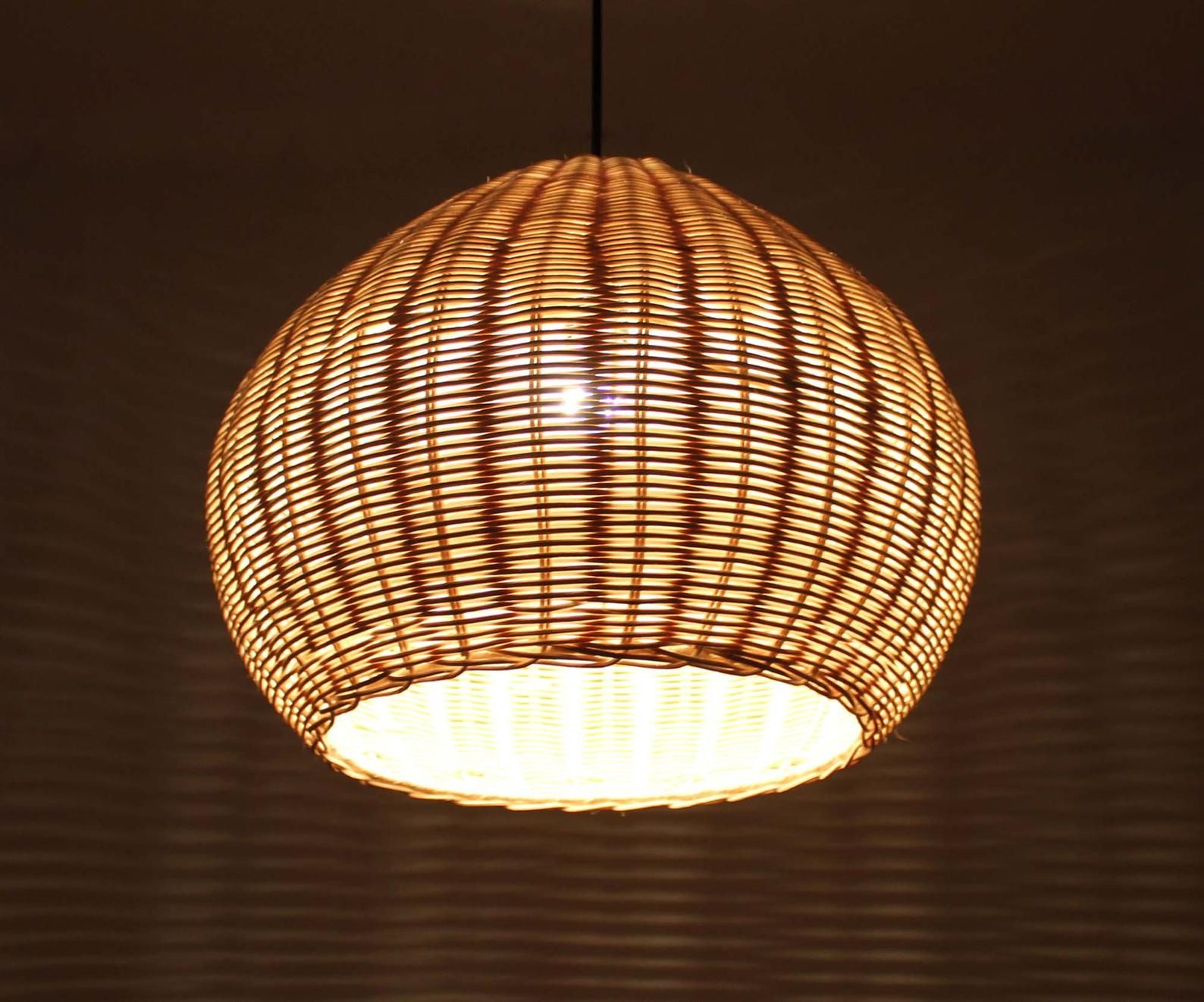
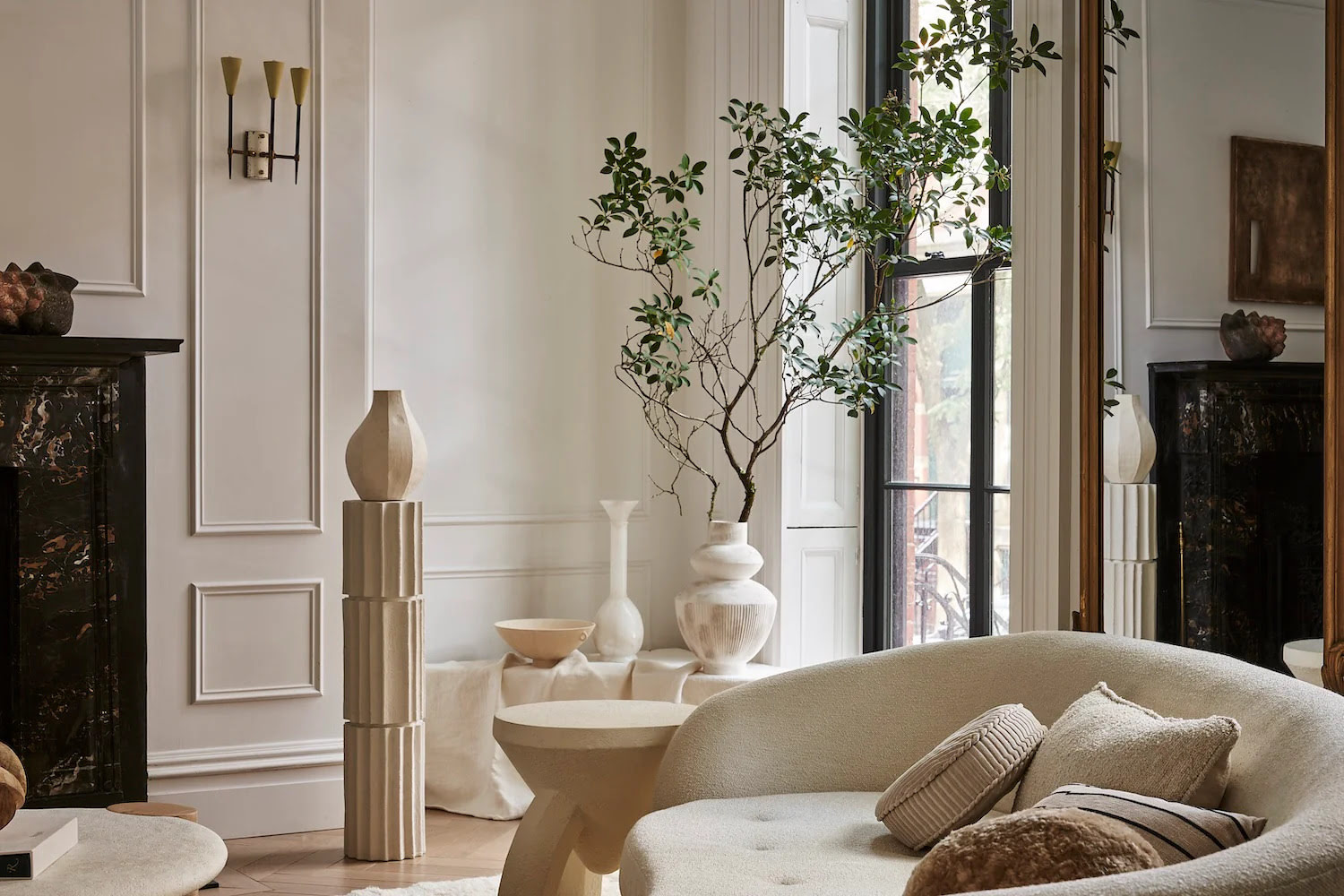
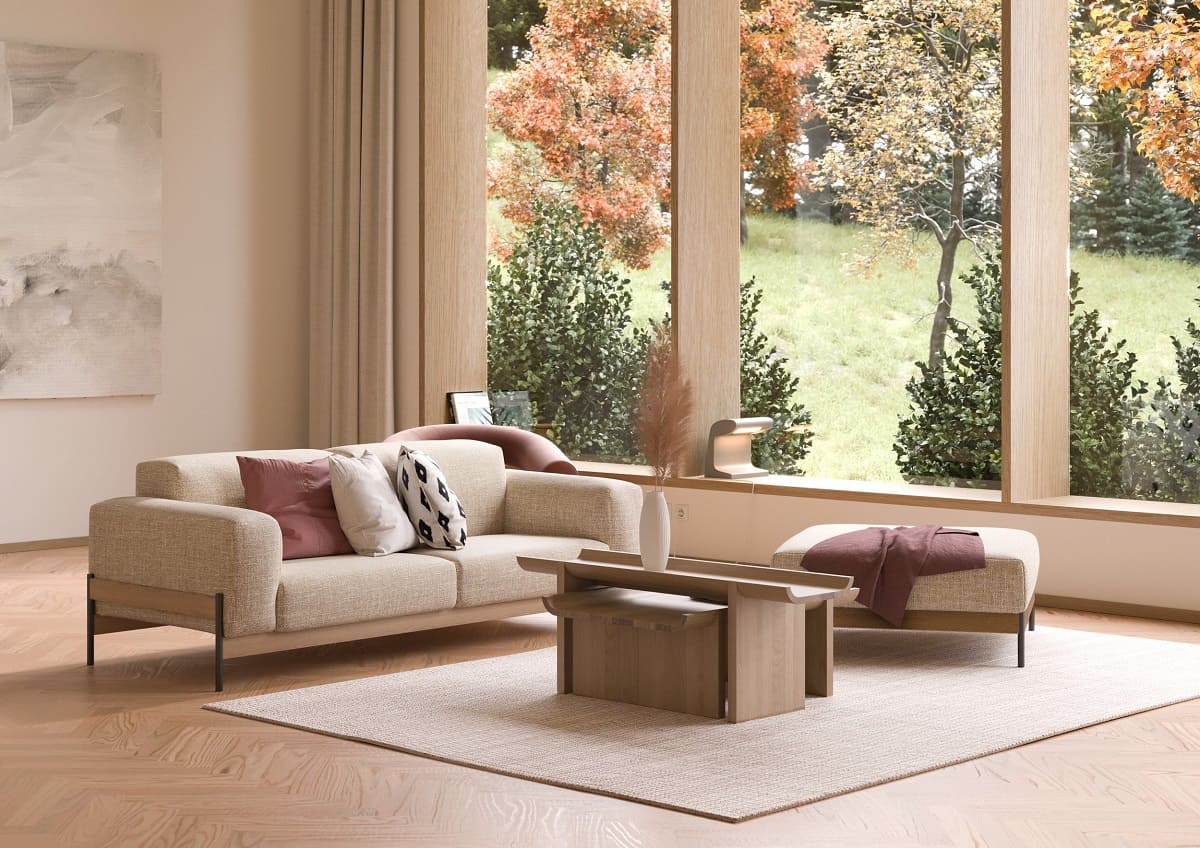
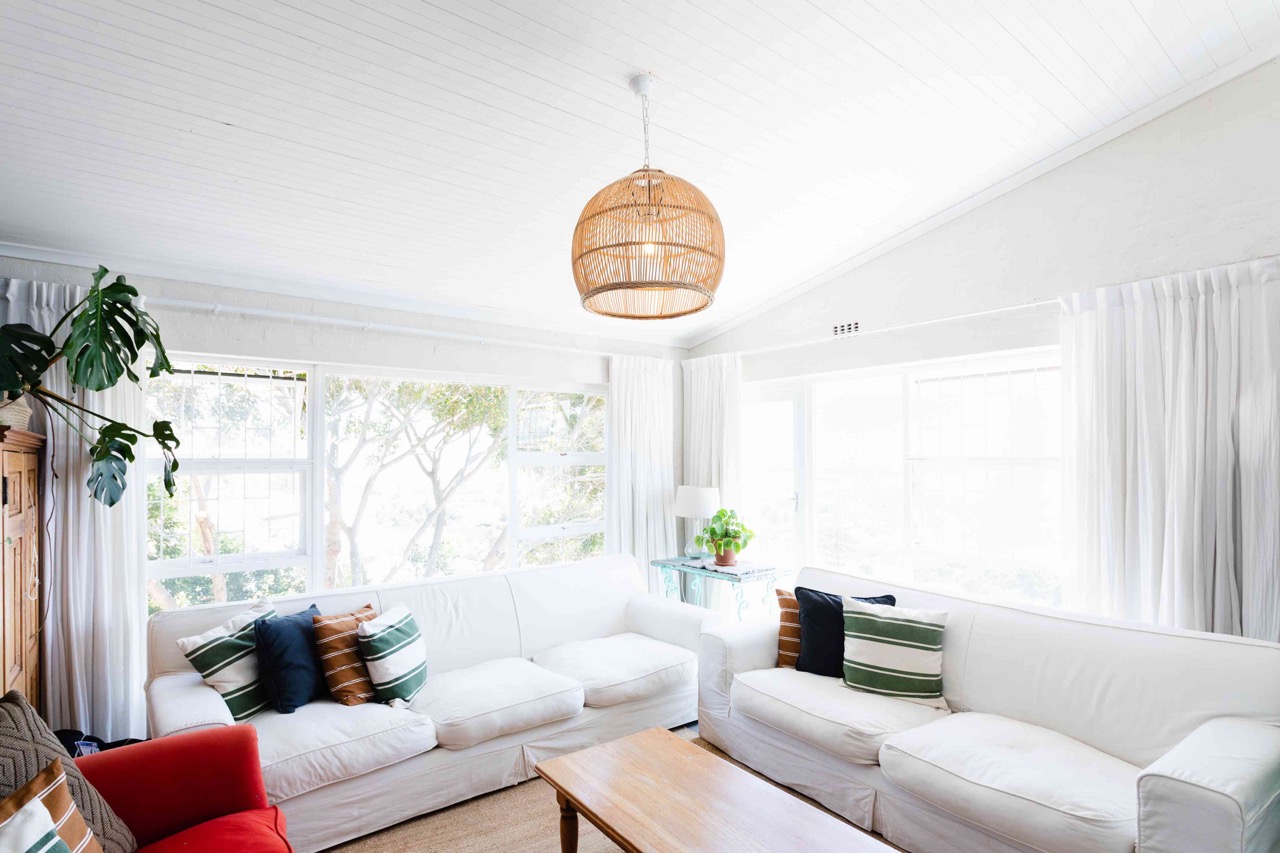
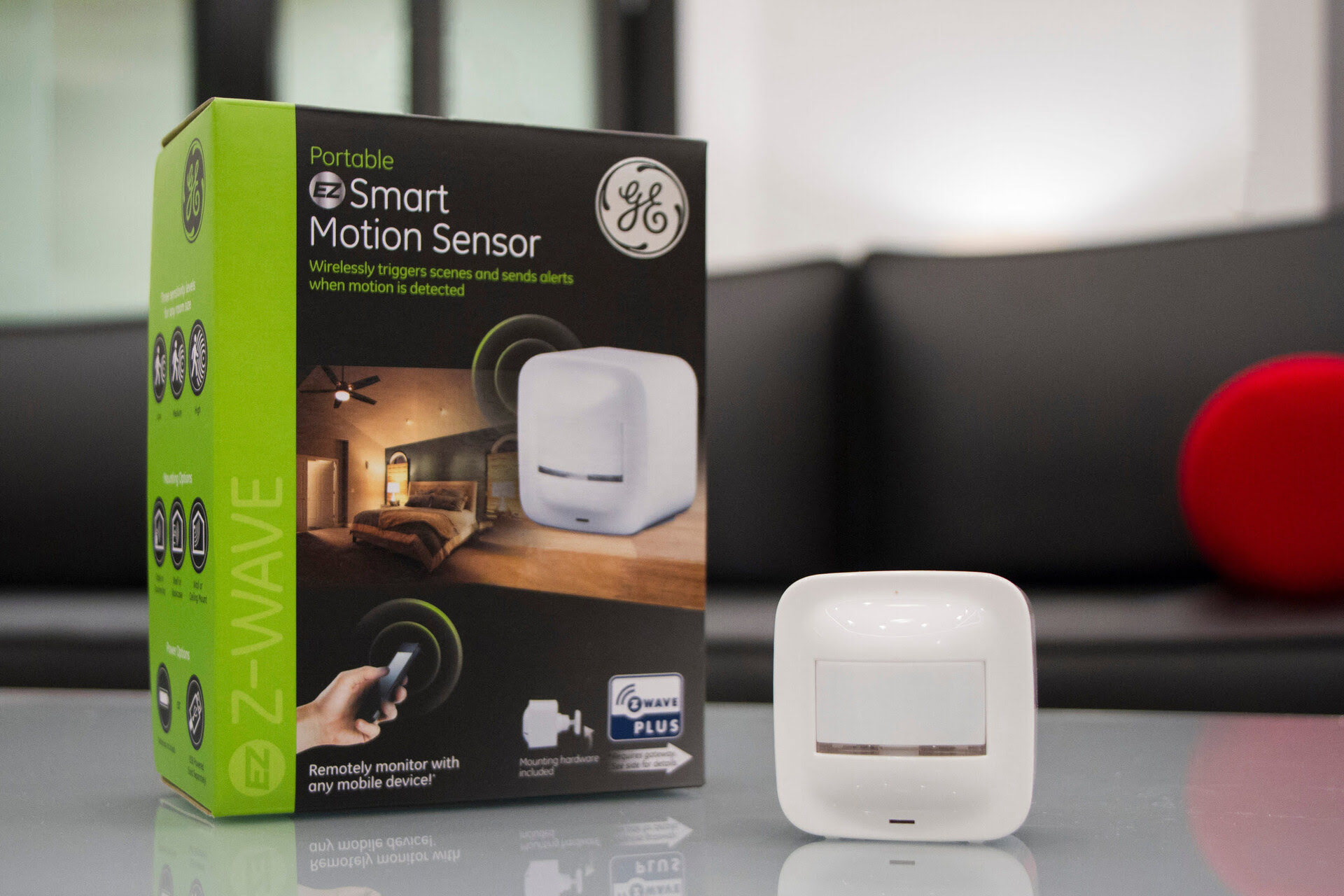
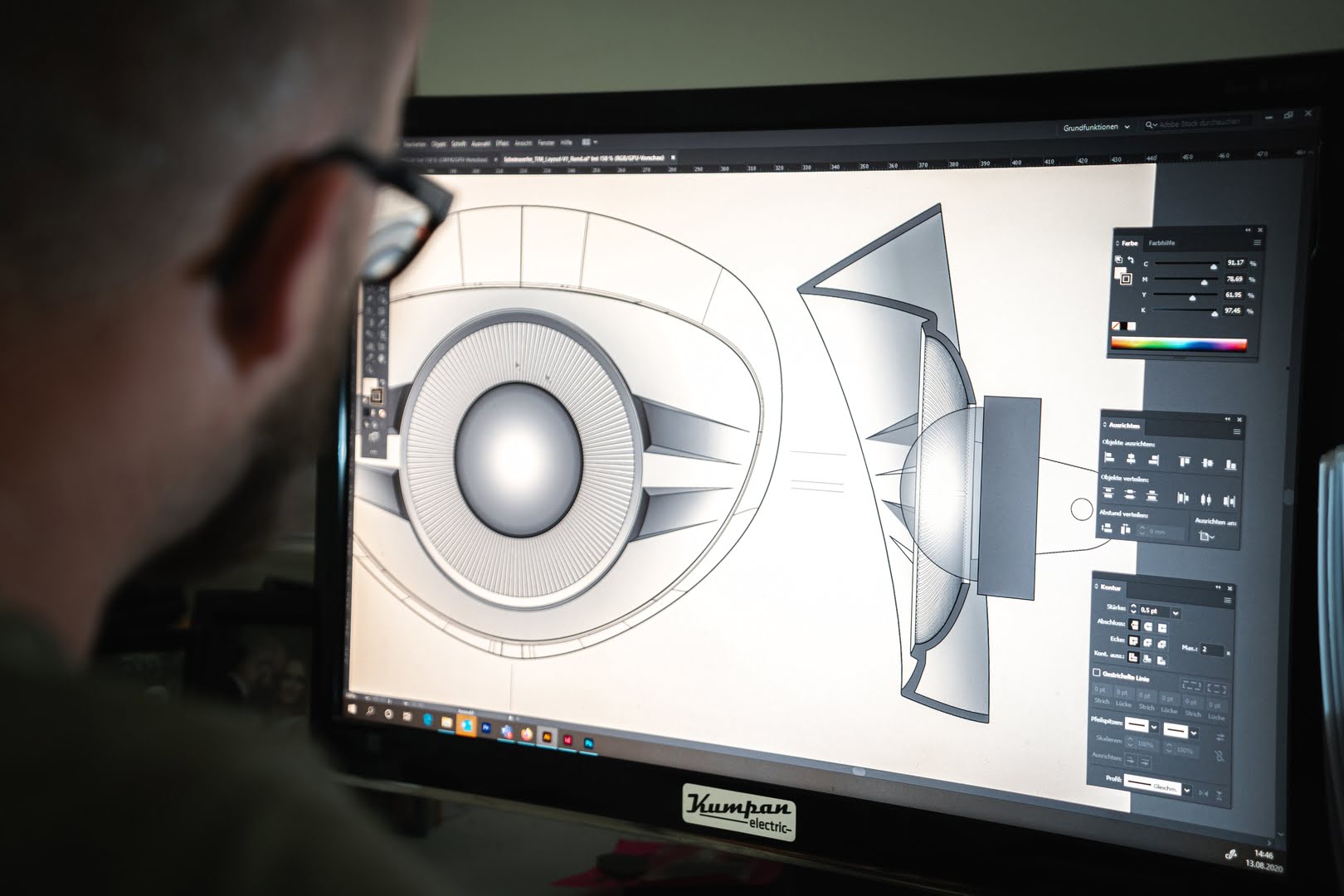


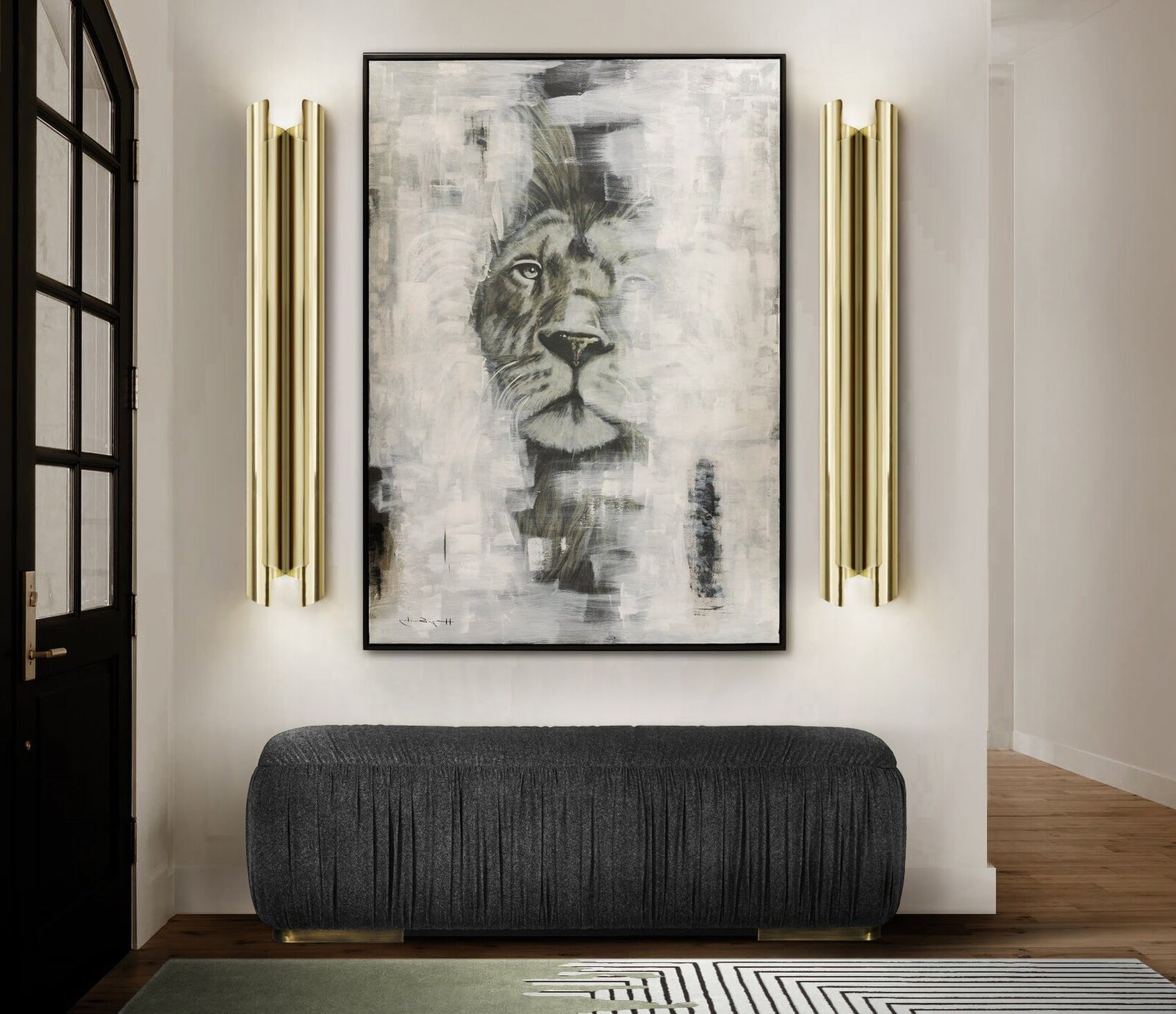


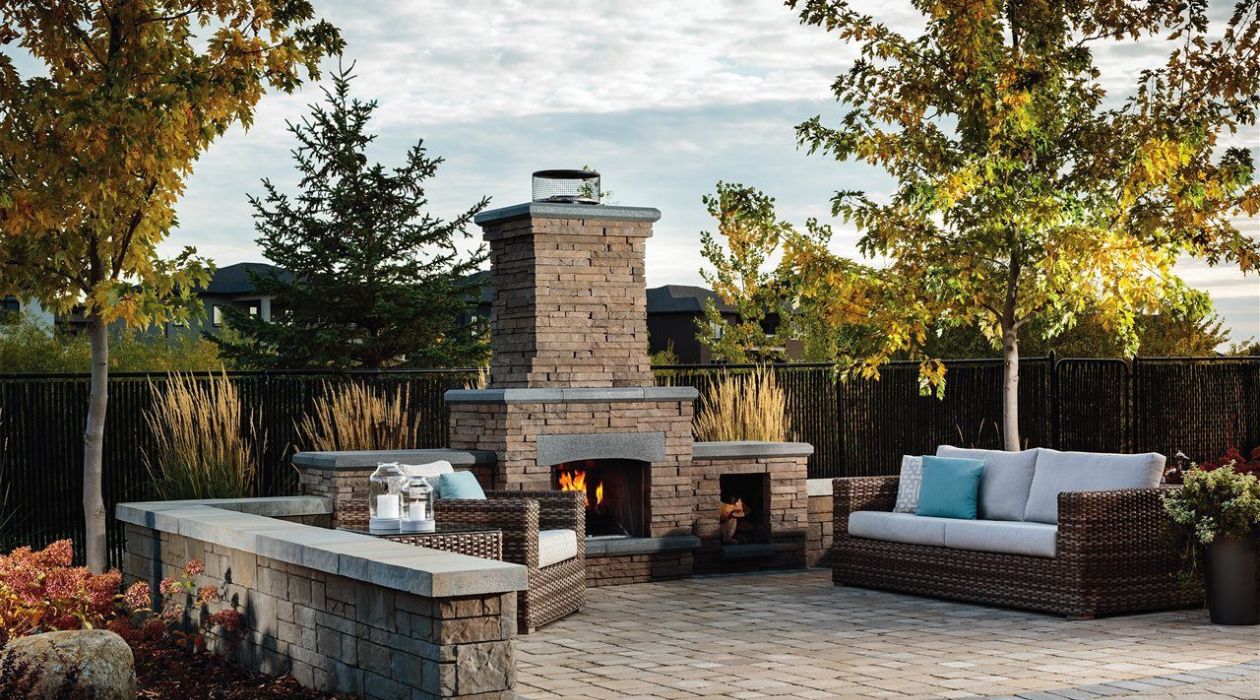
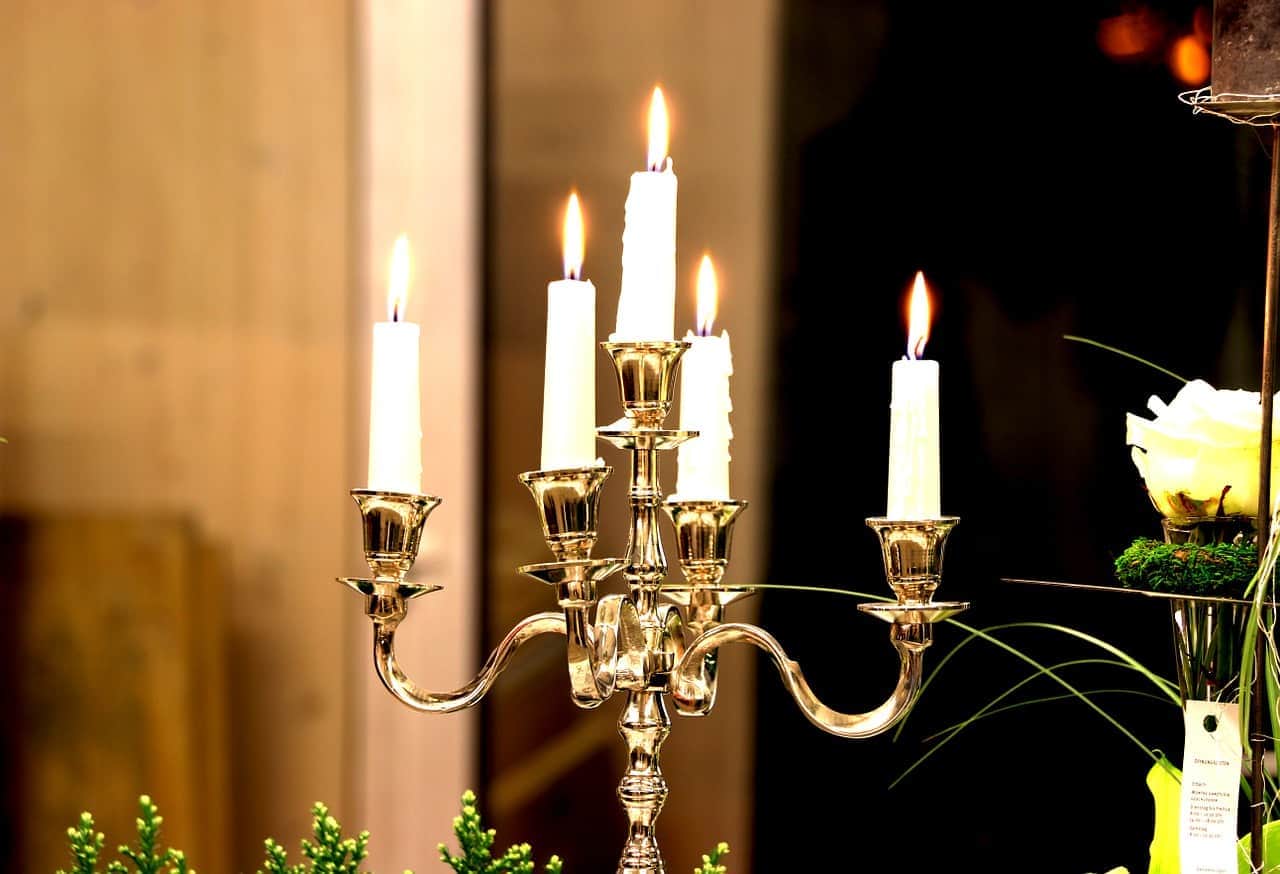

0 thoughts on “Slow Living Homes: Why We All Need This Therapeutic Trend”